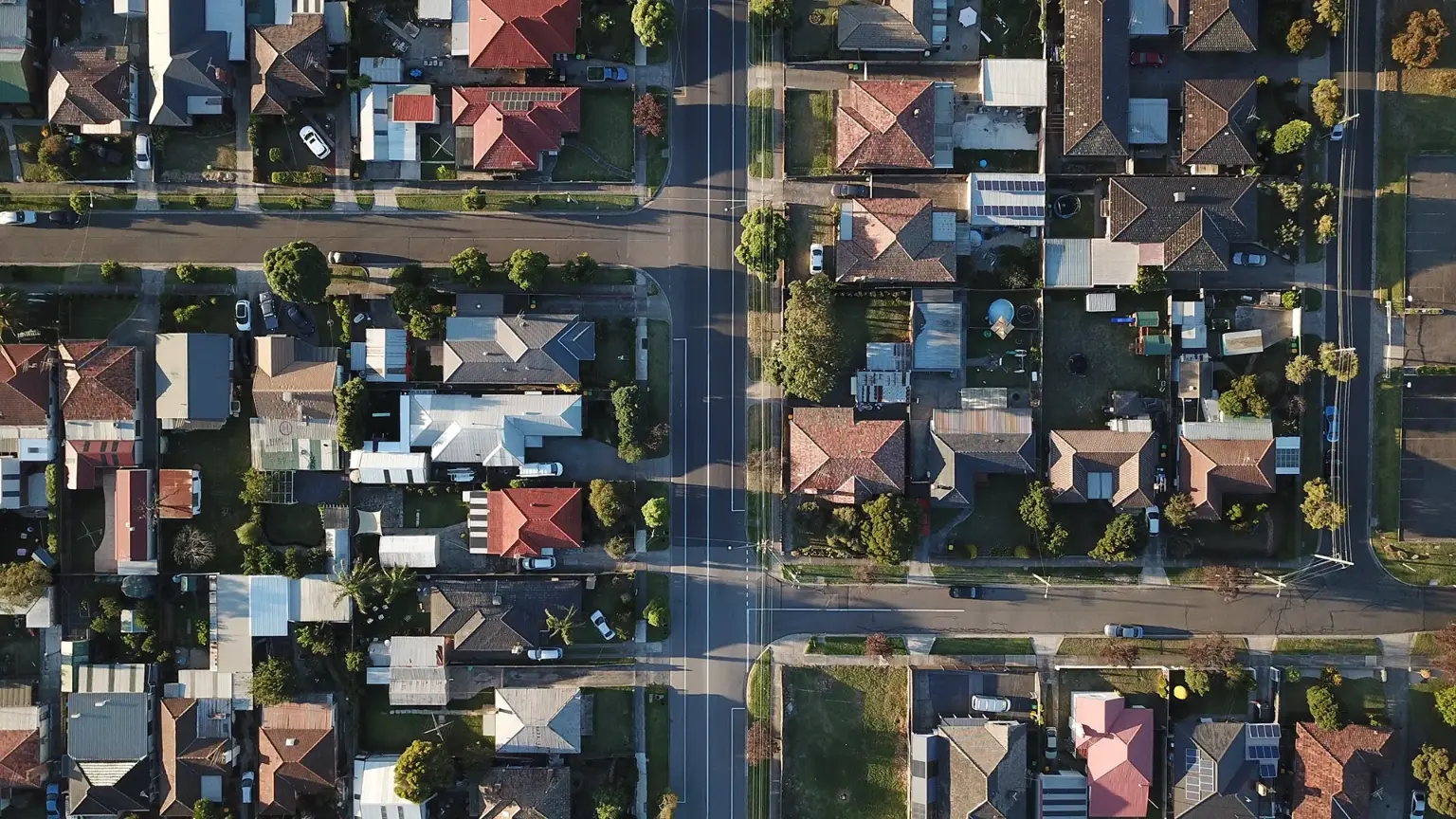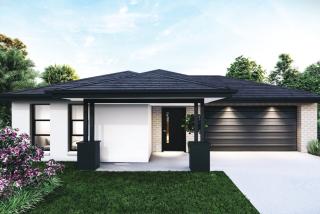Understanding rental yield is fundamental for any property investor aiming to maximize their return on investment. Rental yield measures the income an investor can expect to earn from a rental property as a percentage of its value. This metric is crucial as it helps investors compare different properties and assess their potential returns. In this blog, we will explore what rental yield is, how to calculate it, and its importance in property investment.
What is Rental Yield?
Rental yield is a percentage figure that represents the annual rental income generated by a property in relation to its value. It serves as a key indicator of a property’s profitability. A higher rental yield implies more income from the property, which is beneficial for investors looking to optimise their investments.
How to Calculate Rental Yield
Calculating rental yield involves two primary figures: the property’s value and the annual rental income. The formula for rental yield is straightforward:
Rental yield = (Annual rental income / Property value) x 100%
For instance, if a property is valued at $500,000 and generates $30,000 in annual rental income, the rental yield would be:
Rental yield = ($30,000 / $500,000) x 100% = 6%
This calculation indicates that the property has a rental yield of 6%.
Gross Rental Yield
Gross rental yield is the rental income generated by a property as a percentage of its value, without accounting for any associated expenses. The formula for gross rental yield is the same as the general rental yield calculation:
Gross rental yield = (Annual rental income / Property value) x 100%
For example, using the same figures as before:
Gross rental yield = ($30,000 / $500,000) x 100% = 6%
Net Rental Yield
Net rental yield, on the other hand, accounts for the expenses related to owning and operating the property, such as property management fees, maintenance costs, insurance, property taxes, and mortgage payments. The formula for net rental yield is:
Net rental yield = ((Annual rental income – Annual expenses) / Property value) x 100%
If the annual expenses for the property are $10,000, the net rental yield would be:
Net rental yield = (($30,000 – $10,000) / $500,000) x 100% = 4%
This calculation shows that the property has a net rental yield of 4%.
Net rental yield provides a more accurate measure of a property’s return on investment as it includes all associated expenses. Investors should aim for a high net rental yield to maximise their returns.
Rental Yield vs Capital Growth
Rental yield is an essential metric not only for immediate income but also for assessing potential capital growth—the increase in the property’s value over time. A property with a high rental yield can offer a steady income stream while appreciating in value. Investors should target properties that offer both high rental yield and strong potential for capital growth.
How Does Property Type Affect Rental Yield?
Rental yield can vary based on the property’s location, type, age, and condition. Properties in high-demand areas often have higher rental yields due to a shortage of rental options. Additionally, newer properties may offer higher rental yields due to lower maintenance costs, while older properties might have lower yields due to higher upkeep expenses.
Conclusion
Rental yield is a vital metric for property investors, providing insight into the profitability and potential return on investment of rental properties. By understanding and calculating both gross and net rental yields, investors can make informed decisions to maximize their returns. Additionally, considering rental yield alongside potential capital growth can help investors build a robust and profitable property portfolio.

_1760408926gJ50A-card.jpg)

_1758680457EfP8W-card.png)
_1754959266HOub5-card.png)
_1752115352WpaHL-card.jpg)
_1751940993PbDjZ-card.jpg)

_1764731815HUFUX.jpg)
_1764211036lHsm6.png)
_1762916285NoFl4.jpg)
_17623130443GJfk.jpg)
_1760408926gJ50A.jpg)
_17598783571Kaml.jpg)



